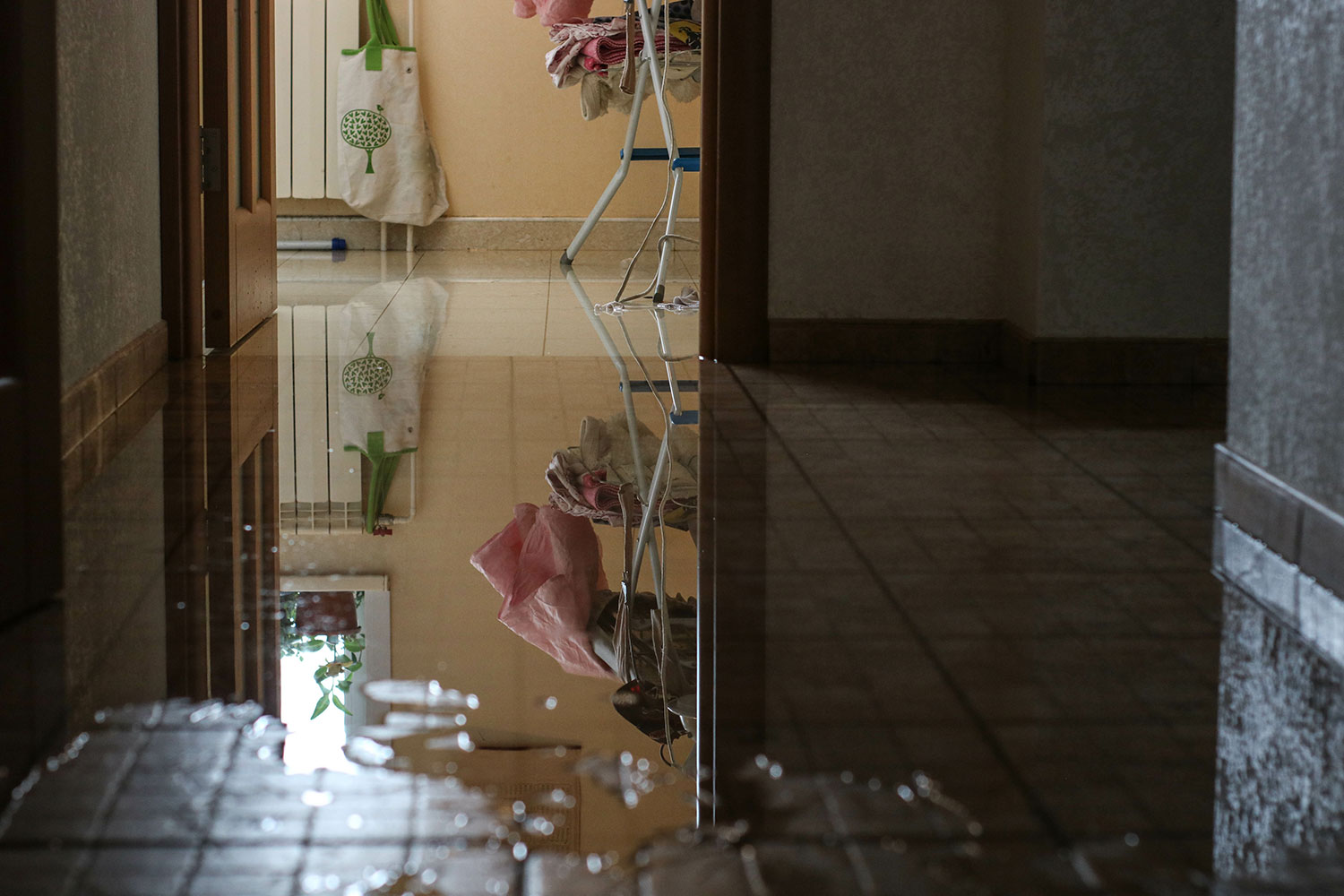Understanding Bathroom Water Damage Causes
Understanding Bathroom Water Damage Causes
Blog Article
What're your insights and beliefs about How to Repair and Prevent Bathroom Water Damage??

Water damage often happens in the washroom as a result of the water made use of everyday. Often, the damage could be a little mold from the shower. Other times, it's huge damage on your floor. Whatever it is, it is constantly excellent to understand the cause and stop it prior to it occurs.
This overview will certainly experience several of the common root causes of water damage in the bathroom. We will certainly also examine what you can do to avoid these causes from damaging your shower room. Allow's dive in.
These are the common reasons you would have water damage in your restrooms and just how you can identify them:
Excess Wetness
It's awesome to have that long shower and also sprinkle water while you dance around and imitate you're carrying out, but occasionally these acts might cause water damage to your washroom.
Sprinkling water around can cause water to visit corners and develop molds. See exactly how you spread out excess moisture around, and also when you do it, clean it up to stop damages.
Cracks in your wall ceramic tiles
Restroom wall surface tiles have actually been specially made for that function. They shield the wall from wetness from individuals taking showers. Nevertheless, they are not undestroyable.
Often, your bathroom wall surface tiles fracture and also allow some dampness to permeate into the wall surface. This might possibly destroy the wall if you don't take any activity. If you see a crack on your wall surface tiles, fix it quickly. Don't wait till it destroys your wall.
Overflowing commodes and also sinks
As human beings, in some cases we make errors that can cause some water damage in the shower room. As an example, leaving your sink tap on could cause overflowing as well as damages to various other parts of the restroom with wetness.
Additionally, a faulty bathroom might create overflowing. For instance, a busted commode handle or other parts of the cistern. When this occurs, it can harm the flooring.
As quickly as you see an overruning sink or toilet, call a plumbing to assist manage it immediately.
Burst or Leaking Pipes
There are several pipelines lugging water to various parts of your bathroom. Some pipes take water to the toilet, the sink, the taps, the shower, and numerous other places. They crisscross the tiny location of the restroom.
Once in a while, these pipes might get rustic as well as burst. Various other times, human activity could create them to leak. When this occurs, you'll discover water in the edges of your bathroom or on the wall surface.
To spot this, look out for gurgling wall surfaces, mold and mildews, or mold. Call a specialist emergency situation plumbing professional to repair this when it takes place.
Roof covering Leakages
Occasionally, the trouble of water damage to the shower room may not come from the restroom. As an example, a roof covering leakage might trigger damage to the washroom ceiling. You can detect the damages done by checking out the water spots on the ceiling.
If you discover water stains on your ceiling, check the roofing to see if it's damaged. After that, call a professional to help address the problem.
Final thought
Water damage to your restroom can be irritating. However, you can manage it if you stop some of the reasons pointed out in this guide. Call a specialist emergency situation plumbing technician if you observe any extreme damages.
How to Prevent Water Damage in Your Bathroom?
Water damage repair is an expensive, meticulous, and lengthy process. Unfortunately, bathrooms are the most susceptible rooms to water damage due to toilets, showers, and sinks. Pipes and fixtures wear out over time and are not immune to damage. But all is not lost, as there are ways to prevent water damage from occurring in your bathroom.
Check Your Plumbing
Nothing lasts forever, especially pipes, which can rust and begin leaking over time. You should periodically conduct pipe inspections and pay attention for any musty smells or water stains that may indicate you need water damage repair. Here are some things to check:
Frequently test valves for your toilet, shower, and sink to ensure they are properly working. Check faucet supply lines hidden under vanities and replace when needed. Replace cracked or deteriorating caulking along sinks, tubs, and showers. If you notice a clog in your sink, call in a professional. Since you can’t check the pipes in the wall, keep an eye out for stains, drywall bubbling, musty smells, and excess moisture; if the bathroom is on a second level, check the ceiling of the room directly below for these signs. Don’t Overwork Your Toilet
One of the most common reasons bathrooms need water damage repair is due to overflowing toilets. Save yourself the hassle of cleanup by being mindful and not pushing your toilet to extreme limits. If you have young children, it is especially important to keep an eye on them when they are in the bathroom and to teach them how to avoid clogging the toilet. Here are some more tips to help prevent your toilet from overflowing:
If you have a septic tank, only use septic-safe toilet paper Do not flush anything down the toilet besides toilet paper; items like diapers and sanitary napkins will clog the piping Pay attention to your toilet’s water level: If it’s low, it could mean it is partially clogged or that there is a crack in the toilet bowl https://www.alure.com/home-improvements-blog/resources/how-to-prevent-water-damage-in-your-bathroom

I was guided to that editorial on How to Repair and Prevent Bathroom Water Damage? from someone on another web page. Sharing is good. Helping others is fun. Thanks for your time invested reading it.
Water trouble? Dial. Report this page